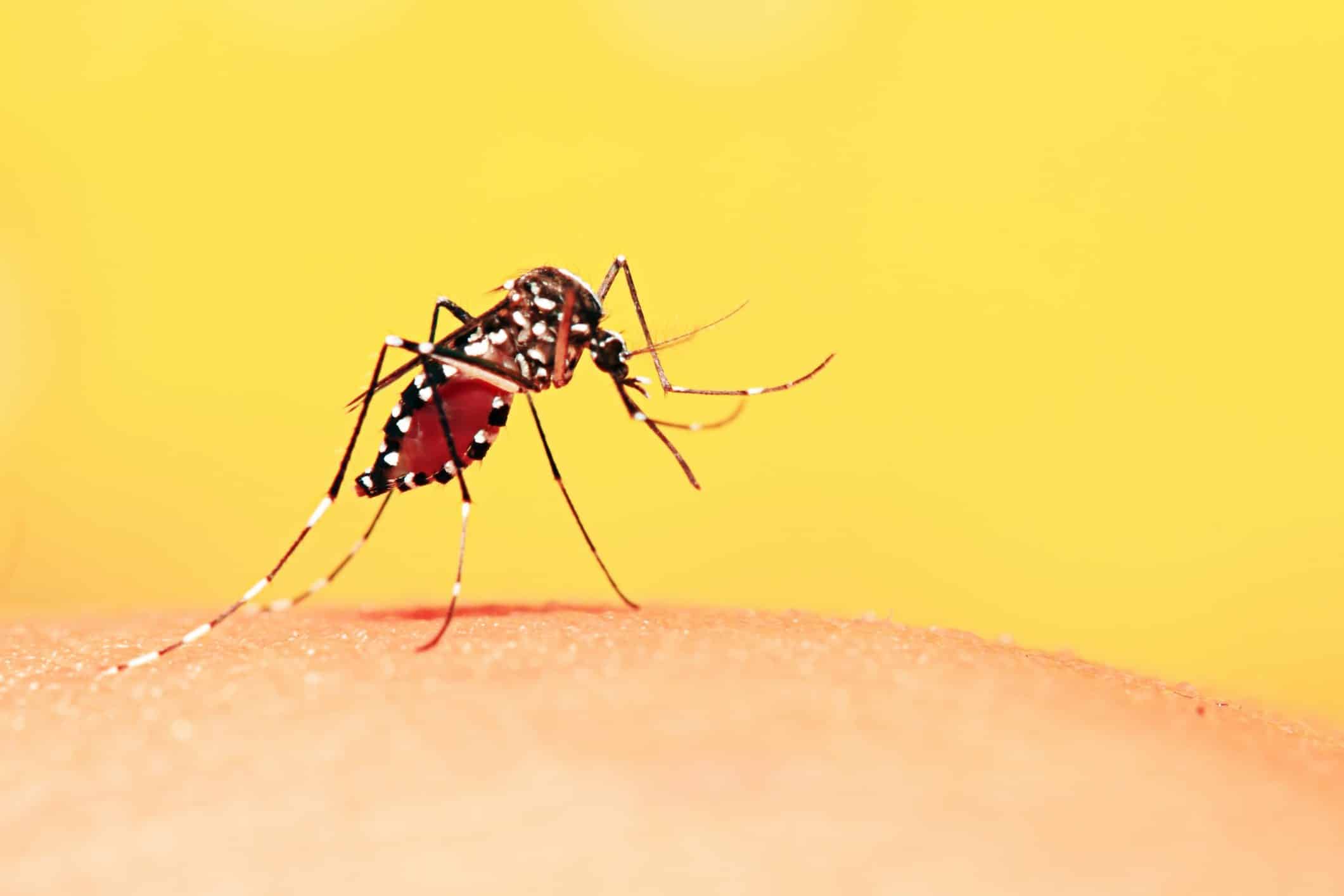Dye Wipes Out Malaria Parasite at Unprecedented Rate
The malarial parasite along with its now resistant form has rendered our best weapons against it moot and our medications on the brink of defeat.
The World Health Organization (WHO) estimated 800,000 malaria deaths and 225 million cases worldwide in 2010. According WHO, malaria is chargeable for roughly 445,000 deaths once a year. Geographically, malaria overlaps with other infectious maladies including HIV, which often complicate the illness as well as treatment options. Worryingly, first-line treatment for malaria currently relies on a single drug class called artemisinins, and the existing drug armamentarium is insufficient to answer the call for malaria eradication.
Under the circumstances, scientists are exploring many approaches, targeting different stages of the parasite life cycle, to find agents that will prevent, cure, or eliminate malaria.
But now, a new research has found that the dye methylene blue is a safe antimalarial that kills malaria parasites at an unparalleled rate.
Methylene blue has had a fascinating career. Its history goes back to the 19th century, when it was the first synthetic dyestuff on the market and began to put pressure on its predecessors, plant-based dyes. Now, in the study carried out by scientists at Radboud University Medical Center, the University of California (UCSF), and the Malaria Research and Training Center (MRTC), at Mali, they were able to ascertain the fact that the dye in combination with artemisinin-based combination therapy (a fairly standard treatment) was able to get rid of malaria in a short period of time.
“Methylene blue is very promising, because it can prevent the spread of malaria within such a short time following treatment,” said Teun Bousema, researcher from Radboud University in the Netherlands.
“There are also indications that methylene blue also works well in species that are resistant to certain medicines,” Bousema added.
As the malaria parasites remain in the blood for a long time, with the chance that other mosquitos are infected if they feed on the patient, our current medications are pretty useless. The parasites split in the patient’s red blood cells, forming male and female sex cells (gametocytes). If another mosquito bites the patient, it sucks up the sex cells and these are fertilized in the mosquito’s stomach. The offspring then find their way to the mosquito’s salivary glands, where the cycle starts again.
In the new study, adding the dye to the antimalaria medicine ensured that patients no longer infected other mosquitos, within as little as 48 hours. Patients who were not given methylene blue were able to infect other mosquitos for at least a week.
Researcher Teun Bousema (Radboudumc) coordinated the study which was conducted together with the University of California (UCSF) and the Malaria Research and Training Center (MRTC). Bousema: “We noted that the male parasites disappeared from the bloodstream more quickly than the female parasites.”
Encouraged by the promising results of laboratory experiments, Bousema’s team has investigated for the first time the effect of methylene blue on the spread of malaria amongst humans. Bousema: “Methylene blue is very promising, because it can prevent the spread of malaria within such a short time following treatment. There are also indications that methylene blue also works well in species that are resistant to certain medicines.” The dye is safe and was tolerated well by patients. There is however just one awkward side effect: “I have used it myself, and it turns your urine bright blue. This is something that we need to solve, because it could stop people from using it.”
























